Airbus and Air Canada are to invest in Canadian direct air carbon capture (DACC) company Carbon Engineering to help fund R&D technologies at its Innovation Centre in British Columbia. DACC technology involves capturing CO2 emissions directly from the air using high-powered fans. Once removed from the air, the CO2 can be used to produce power-to-liquid sustainable aviation fuel or can be permanently stored in geologic reservoirs. The investment follows a move announced in July by Airbus and seven airline groups, including Air Canada, to explore opportunities for a future supply of carbon removal credits from DACC technology and negotiate the pre-purchase of credits issued by 1PointFive, the global deployment partner of Carbon Engineering. Meanwhile, the European Commission has adopted a proposal for a first EU-wide voluntary framework to reliably certify high-quality carbon removals. While GHG emissions reduction is the first and most urgent priority, the Commission says carbon removals will be needed to compensate for residual emissions that cannot be eliminated in hard-to-abate sectors.
This is particularly the case for aviation with its net zero emissions by 2050 goal as under any future scenario the industry cannot capture all CO2 emissions released into the atmosphere at source. The investment in Carbon Engineering (CE) is a key part of its global climate strategy, said Airbus, to encourage the development and deployment of DACC technology among a number of technological pathways.
“We are proud to be investing in Carbon Engineering, reaffirming our commitment to the use of direct air capture as a two-fold solution for the decarbonisation of the aviation industry,” said Karine Guenan, VP ZEROe Ecosystem, Airbus.
Added Air Canada CEO Michael Rousseau: “We remain focused on seeking innovative, long-term, sustainable GHG emissions reduction solutions for aviation, and carbon capture is one we have outlined in our strategy to achieving net zero emissions by 2050. Last year, we became the first Canadian airline to sign an MoU with CE to explore carbon capture scalability and other initiatives for our industry.”
CE was founded in Calgary, Canada, in 2009 and following years of prototyping and technology research and development, moved in 2015 to Squamish, BC, to build an operational pilot plant that produced a first batch of synthetic fuel in 2017. In partnership with 1PointFive, a development company formed by Oxy Low Carbon Ventures, a first commercial large-scale DACC facility, located in the US Permian Basin, is expected to capture one million tons of CO2 from the air annually when completed, which will be stored deep underground in geological formations. In the UK, in partnership with Storegga, engineering has begun on a DACC facility that is being designed to permanently remove between 500,000 and one million tonnes of CO2 from the atmosphere annually.
In March this year, 1PointFive sold 400,000 tonnes of carbon removals credits from the planned US DACC facility to Airbus. Under the agreement, Airbus pre-purchased the capture and permanent sequestration of 100,000 tonnes of CO2 from the atmosphere each year for four years, with an option to secure more volume in the future.
In July, Airbus, Air Canada, Air France-KLM, easyJet, International Airlines Group, LATAM Airlines Group, Lufthansa Group and Virgin Atlantic signed Letters of Intent “to explore opportunities” for a future supply of carbon removal credits from DACC technology. As part of the agreements, the airlines committed “to engage in negotiations on the possible pre-purchase of verified and durable carbon removal credits starting in 2025 through to 2028.” The credits will be issued by 1PointFive.
“We are already seeing strong interest from airlines to explore affordable and scalable carbon removals,” said Julie Kitcher, EVP Communications and Corporate Affairs, Airbus.
As well as direct air carbon capture and storage (DACCS), other industrial technologies such as bioenergy with carbon capture and storage (BECCS) can capture carbon and store it permanently. In agriculture and forestry, carbon farming practices can sustainably enhance the storage of carbon in soils and forests or reduce the release of carbon from soils.
The proposal by the European Commission for an EU-wide voluntary certification framework for carbon removals is intended to boost innovative carbon removal technologies and sustainable carbon farming solutions, and contribute to the EU’s climate neutrality by 2050 goal.
“The proposed regulation will significantly improve the EU’s capacity to quantify, monitor and verify carbon removals,” it said. “Higher transparency will ensure trust from stakeholders and industry, and prevent greenwashing. Carbon removals can and must bring clear benefits for the climate, and the Commission will prioritise those carbon removal activities that will provide significant benefits for biodiversity. Moving forward, the Commission, supported by experts, will develop tailored certification methods for carbon removal activities delivering on climate and other environmental objectives.”
The proposal sets out rules for the independent verification of carbon removals, as well as rules to recognise certification schemes that can be used to demonstrate compliance with the EU framework. The proposed regulation establishes four ‘QU.A.L.ITY’ criteria:
- Quantification – Carbon removal activities need to be measured accurately and deliver unambiguous benefits for the climate;
- Additionality – Carbon removal activities need to go beyond existing practices and what is required by law;
- Long-term storage – Certificates are linked to the duration of carbon storage so as to ensure permanent storage; and
- Sustainability – Carbon removal activities must preserve or contribute to sustainability objectives such as climate change adaptation, circular economy, water and marine resources, and biodiversity.
The Commission says carbon removal certificates can be used by private or public sources, including markets such as the CORSIA offsetting scheme for international aviation carbon emissions.
The proposal will now be discussed by the European Parliament and Council, in line with ordinary legislative procedure. The first meeting of the expert group – intended to consist of 70 members from academia, industry, civil society, competent authorities, public entities and carbon removal specialists – is planned for the first quarter of 2023.
Photo: The Carbon Engineering Innovation Centre in Squamish, British Columbia




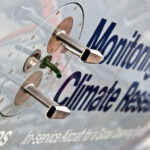



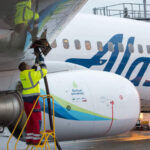
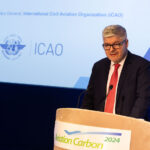
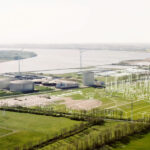
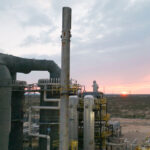

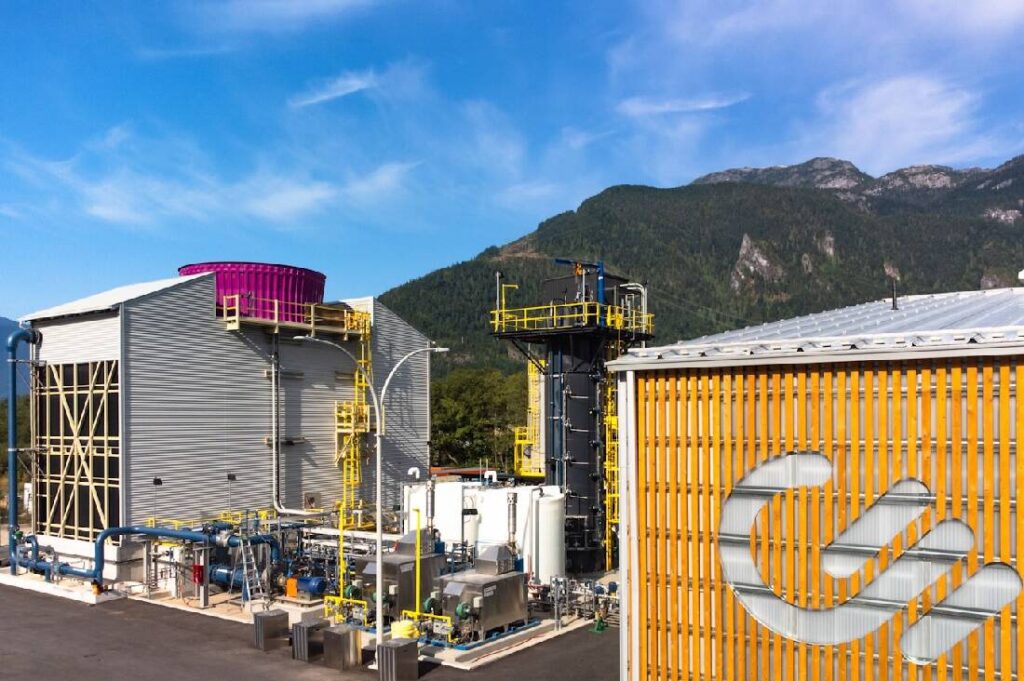

More News & Features
British Airways announces major investment in carbon removal credits through partner CUR8
American Airlines partners with PtL and carbon removal start-ups Infinium and Graphyte
ANA and easyJet commit to buying carbon dioxide removal credits from 1PointFive’s Texas DAC facility
United invests $15 million in Canadian carbon capture technology company Svante
Alternative fuels provide the best hope to limit aviation’s global warming impact, says IPCC report
British Airways offers customers the option of carbon removals to address their travel footprint